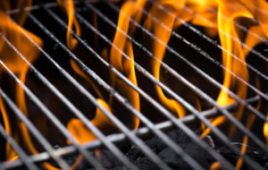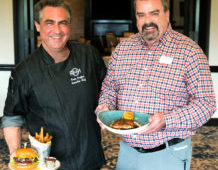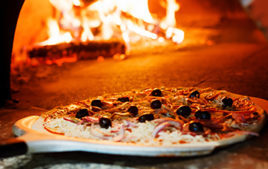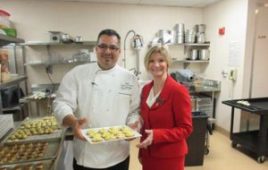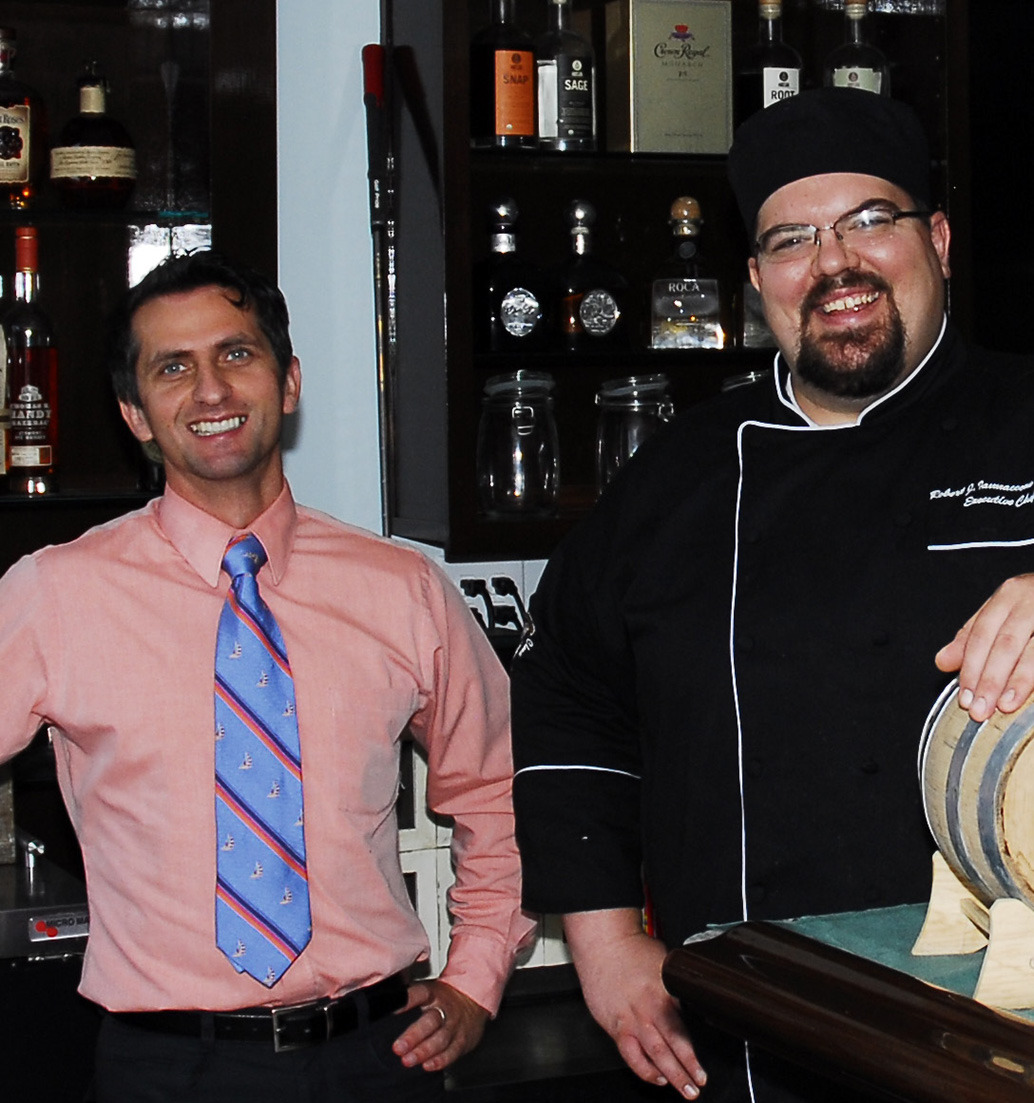 Professional blenders are a symphony of precision engineering, with motor, container, and blades working in powerful harmony.
Professional blenders are a symphony of precision engineering, with motor, container, and blades working in powerful harmony.
Professional blenders can mix thick salsa, create hearty soups, or blend rich sauces. They come in a variety of sizes and styles, depending on your club’s needs.
The amount and type of product you make and serve will determine which blender will work best for your property. Features to consider are capacity, power and type of material, such as glass, plastic or stainless steel.
Proper Proportions
Choosing the right-sized blender starts by examining how many ounces the blender jar—or blender cup—will hold. Commercial food-blender sizes range from 32 ozs. up to 1 gallon. Consider what will you be blending, as well as how many servings of your blended products you will put out each day.
(Generally speaking, medium- to heavy-blended food prep kitchens do well with 48- to 64-oz. blenders.)
Power It Up
Power is an especially important characteristic to consider. Blenders used for thinner soups and sauces don’t necessarily need the same amount of power as a blender used for puréeing and blending thicker ingredients.
Food blenders range from ¾- to 3¾-horsepower. (One unit of horsepower is equal to a little more than 745 watts.)
Here are simple guidelines to follow to determine what horsepower will be best for your club kitchen:
¾ HP: light to medium food prep
1½ HP to 2 HP: medium to heavy food prep
3½ HP to 3¾ HP: heavy food and beverage prep
In addition to horsepower, speed and programmability are important features for many club chefs and should be considered in the buying process.
Material Considerations
Most commercial blender bases are made of plastic, stainless steel or chrome. (The base houses the motor and programming systems.) Each material has advantages and disadvantages, but for the most part the differences come down to aesthetics versus practicality. Plastic is easy to clean and comes in an endless array of colors. Stainless steel is durable and attractive. Chrome is durable, but hard to keep clean.
The blender cup typically comes in three materials: glass, plastic or stainless steel. Like the base, each has pros and cons. Will members see the blender? If so, it might be cool to showcase what you’re blending in a plastic or glass cup.
Determine where and how the blender will be used, then choose the materials that best suits your situation.

